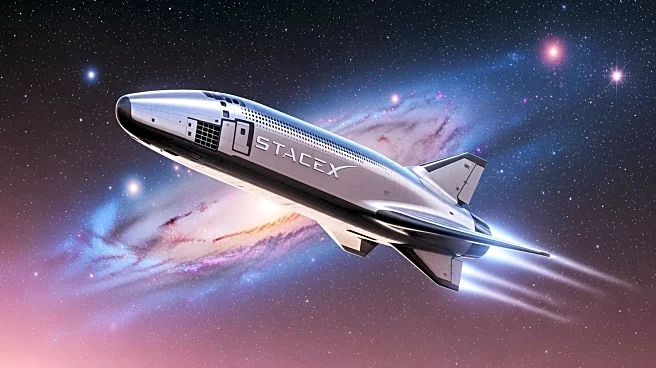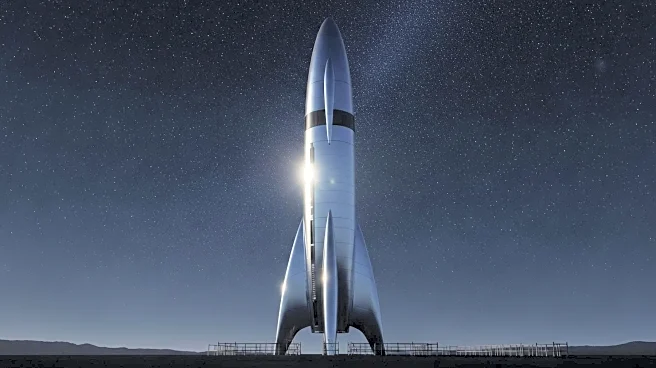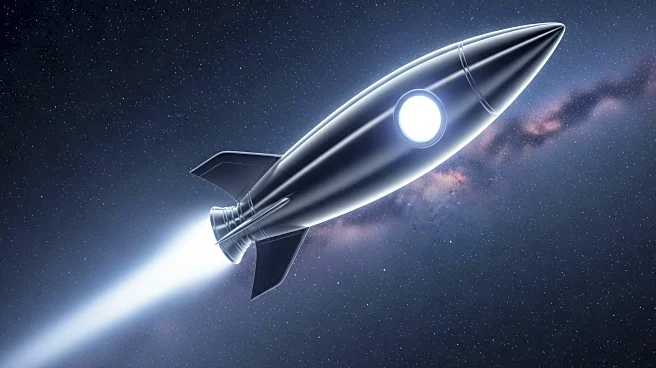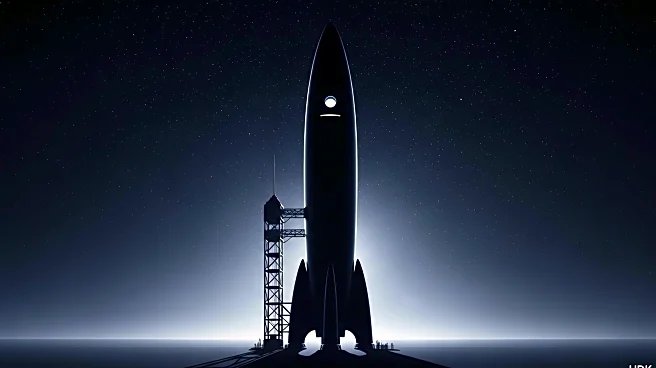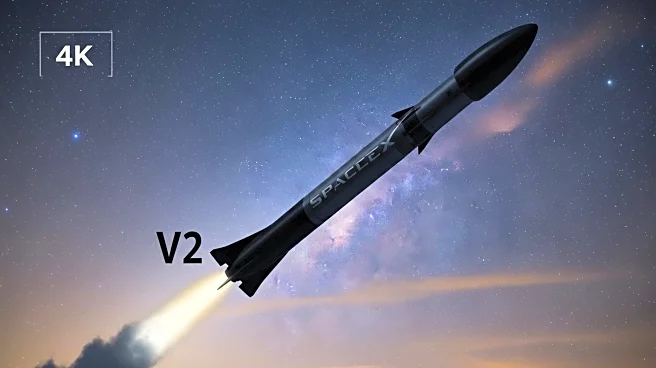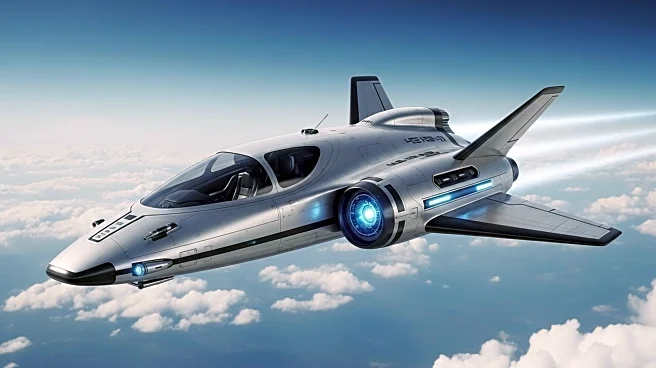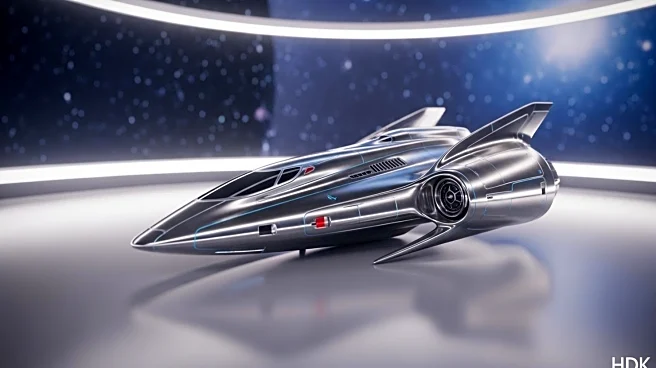What's Happening?
SpaceX successfully launched its 11th test flight of the Starship megarocket from Starbase, Texas, marking a significant achievement for the program. The 403-foot-tall vehicle completed a suborbital flight,
with both its Super Heavy booster and Starship upper stage returning to Earth for precise splashdowns. This flight was the last for the 'Version 2' variant, as SpaceX shifts focus to the next generation, 'Version 3', which will feature enhancements such as a new propulsion system and docking adapters for propellant transfer. The V3 iteration is expected to support orbital flights and missions to the moon and Mars.
Why It's Important?
The success of Flight 11 is crucial for SpaceX's ambitions to develop a fully reusable spacecraft capable of interplanetary travel. The advancements in the Starship program, including the upcoming Version 3, are expected to revolutionize space travel by enabling longer-duration missions and efficient propellant transfer. This progress could significantly impact the aerospace industry, potentially lowering costs and increasing accessibility to space. Stakeholders such as NASA and commercial partners stand to benefit from these developments, as they could facilitate more frequent and diverse missions beyond Earth.
What's Next?
SpaceX plans to continue testing the Version 3 Starship, with the goal of demonstrating in-space fuel transfer next year. The company aims to launch uncrewed missions to Mars by late 2026, aligning with the next optimal window for interplanetary travel. Additionally, SpaceX is preparing for the debut of an even larger 'Version 4' Starship in 2027, which will feature increased power and capacity. These steps are part of SpaceX's long-term vision to establish a sustainable presence on Mars and expand human exploration of the solar system.
